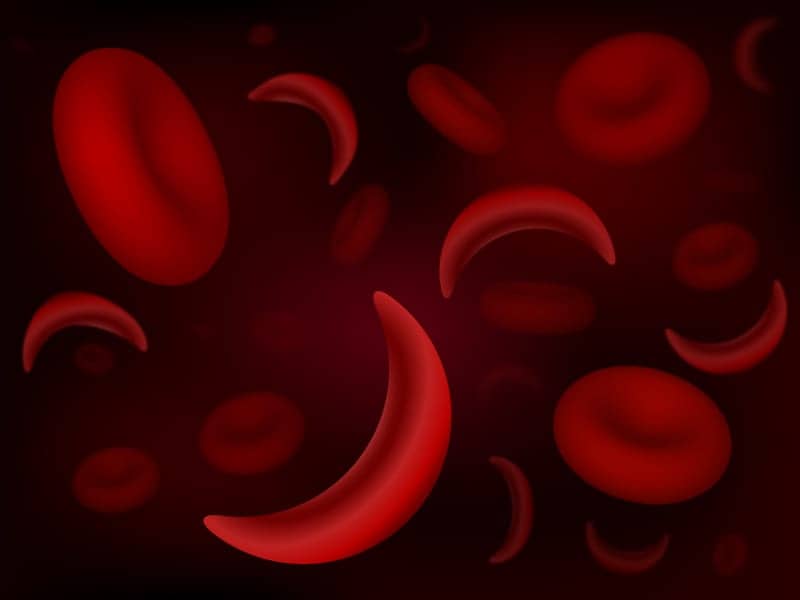A new study in the Journal of Clinical Sleep Medicine revealed that 44% of adults with sickle cell disease who report trouble sleeping actually have a clinical diagnosis of sleep-disordered breathing, including sleep apnea.
“Previous research identified pain and sleep disturbance as two common symptoms of adult sickle cell disorder,” says Sunil Sharma, MD, associate professor of Pulmonary and Critical Care Medicine, Sidney Kimmel Medical College at Thomas Jefferson University, and first author on the study, in a release. “We wanted to examine the reasons for the sleep disturbances as it can have a strong impact on our patients’ quality of life and overall health. We discovered a high incidence of sleep-disordered breathing in patients with sickle cell disease, who also report trouble with sleep.”
Sharma theorized that the diagnosis of sleep-disordered breathing could be missed in this population because adults with sickle cell disease are not generally obese, a common risk factor for apnea, and daytime sleepiness is attributed to the pain medications necessary to treat symptoms of the disease. He hopes the study will increase awareness among physicians who can screen for sleep-disordered breathing in adults with sickle cell disease.
“Our study suggests that patients with sickle cell disorder should be screened using a questionnaire to identify problems with sleep. For further testing, an oxygen desaturation index is another low-cost screening tool that can identify sleep-disordered breathing in this population,” Sharma says.
Elizabeth Pulte, MD, assistant professor of Hematology, Cardeza Foundation for Hematologic Research and director of Jefferson’s Comprehensive Sickle Cell Disease Program, says, “Sleep-disordered breathing is of particular concern in patients with sickle cell disease since it may lead to nighttime hypoxia. Hypoxia induces sickling in sickle red blood cells. So, any condition that increases hypoxia increases the risk of sickling and crisis pain. I plan to screen patients in my practice for sleep disturbances and refer them to the sleep lab if they have symptoms suggestive of sleep apnea or related disorders.”
The study also found that patients maintained good oxygen levels during the day but experienced oxygen loss during sleep. This appears to be due to the sleep-disordered breathing, but future research is needed to identify other factors that may be involved.


